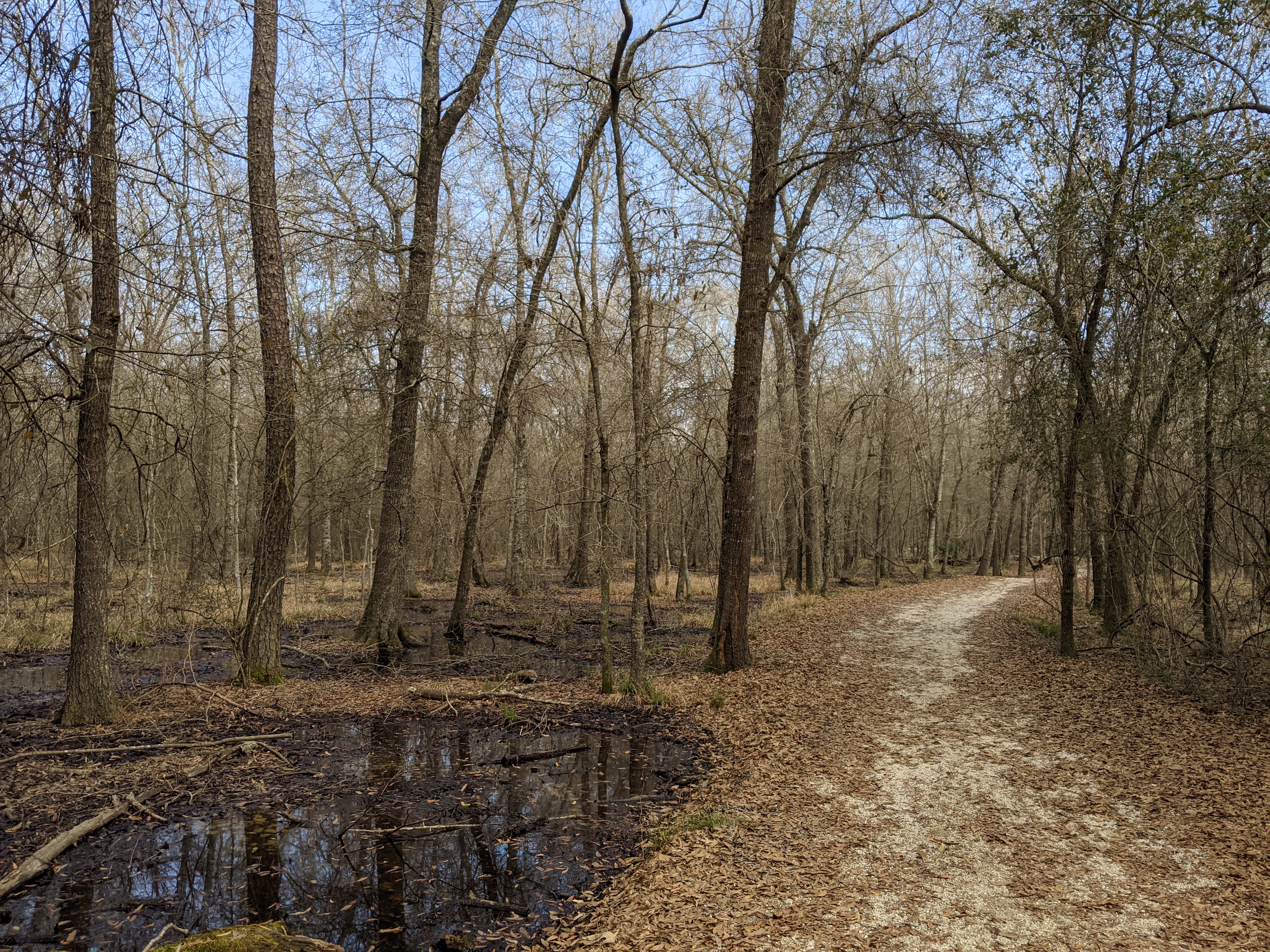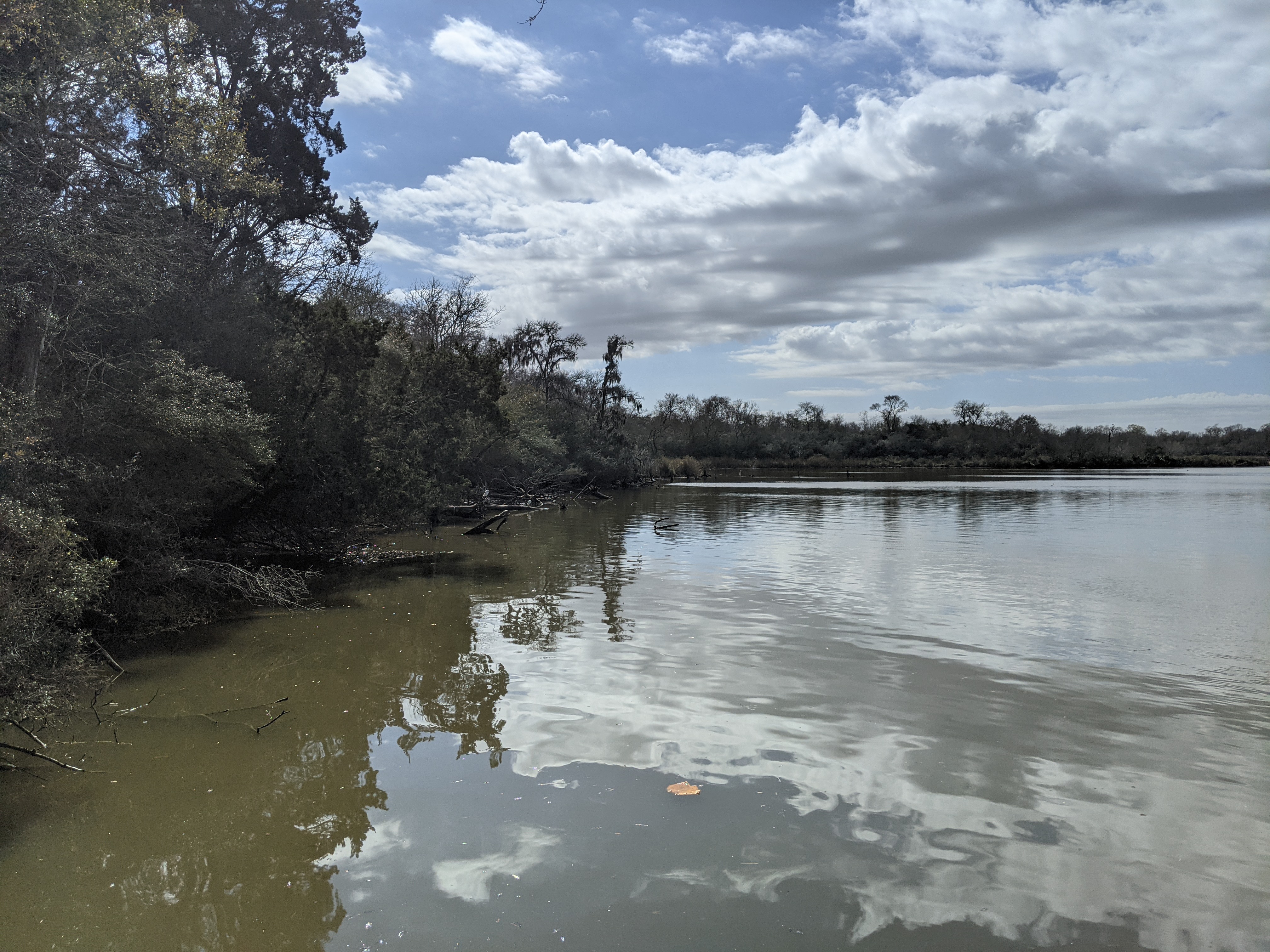Last month, joined by the Lone Star Chapter of the Sierra Club, Bayou City Waterkeeper submitted written comments to the U.S. Environmental Protection Agency and U.S. Army Corps of Engineers, as the two federal agencies begin efforts to clarify the protections offered by the Clean Water Act. The Clean Water Act, passed in 1972, was intended to “protect and maintain the chemical, physical, and biological integrity of the Nation’s waters.” Among its protections is the requirement that wetlands may not be filled without first going through a federal permitting process that requires environmental review and a plan to offset ecological benefits that will be lost once wetlands are filled.
In the letter, Sierra Club, Bayou City Waterkeeper, and seven other community and non-profit partners urge the federal agencies to take into account the special nature of our local wetlands and barriers to their protection, as they work to redefine the scope of the Clean Water Act. The letter also offers recommendations designed to promote environmental justice and climate resilience within our region and across the United States.

Wetlands provide billions of dollars of benefits to our region
Thousands of years ago, our region’s wetlands were formed “by ancient rivers and bayous” and “once occupied almost a third of the landscape around Galveston Bay.” Today, they are found “[a]long the Gulf of Mexico from western Louisiana to south Texas” and serve as “the headwaters for virtually all of the water bodies feeding into Galveston Bay.” They are a “critical part of the aquatic integrity of our regional bayous and bays” and serve a vital role in protecting local communities against floods. The value of wetlands’ stormwater detention services alone has been estimated at a minimum of $600 million for the greater Houston region. When wetlands’ other functions are added to this figure—protecting coastal areas and shorelines by weakening the force of storm surges, filtering pollutants carried by stormwater, replenishing groundwater supplies, reducing erosion, providing habitat and places for people to rest and play—their estimated value leaps to the billions.
Our region has rapidly lost wetlands due to insufficient legal protections
Over the last two decades, as storms have become more intense and more disastrous, our region has permanently lost hundreds of thousands of acres of wetlands to rapid commercial and residential development. This could have been avoided with better legal protections for wetlands. For decades, the only legal protections for wetlands in Texas have existed at the federal level, through the Clean Water Act. But in our region in particular, the U.S. Army Corps of Engineers, the federal agency with oversight of wetlands, has historically failed to enforce these protections outside of the 100-year floodplain. As a result, within our region, more than 80% of wetlands which have been lost regionally to development in the past 25 years were outside the 100-year floodplain. Without any change in the Corps’ oversight within our region, we should expect to lose at least 100,000 more acres of wetlands to development in the next four decades–with grave consequences for local water quality, flood resilience, and environmental justice. Although flooding affects communities across our region, it compounds historic inequities and hits socially vulnerable communities hardest.
A glimmer of progress under the Obama administration, setbacks under the Trump administration
Working on the backdrop of decades of Supreme Court precedent, the Obama administration aimed to create a definition of “waters of the United States” that would make water and wetland protections across the United States more consistent and rooted in the latest available science. The final definition, known as the Clean Water Rule, created specific protections for Texas coastal prairie wetlands and specifically acknowledged their relationship to our local bayous and bays. Within days of taking office, President Trump ordered the EPA and Corps to undo the Clean Water Rule, as part of a broader effort to dismantle environmental protections across the country. The resulting Navigable Water Protection Rule, finalized in 2020 and dubbed the Dirty Water Rule by environmental advocates, stripped our region’s wetlands of almost any protection, with worrisome consequences for local efforts to improve flood resilience. (Late last month, as federal agencies began the process of repealing that rule, a federal judge in Arizona ruled that the Trump-era regulation contains serious legal errors and will cause serious harm to our nation’s waters if left in place.)
New hope for local wetlands, as well as environmental justice and climate resilience, under the Biden administration
As part of their broader work to restore and strengthen federal environmental protections, the EPA and Corps are beginning the process of crafting a new “waters of the United States” rule. They solicited the feedback of stakeholders like Sierra Club and Bayou City Waterkeeper to provide comments on several categories, ranging from updates to scientific research to the best way to engage communities most affected by flooding and water pollution, environmental justice, and climate change. The federal agencies will review these recommendations and proceed in two phases: first repealing the Trump-era Dirty Water Rule, then replacing it with a new definition for “waters of the United States” rooted in science. Both phases will be accompanied by further opportunities for public comment.
In a 28-page letter joined by the Lone Star chapter of the Sierra Club, Bayou City Waterkeeper outlined recommendations for the federal agencies focused on the specific impacts of Clean Water Act deregulation on the greater Houston region. The letter recommends that the agencies:
- Center science by acknowledging the hydrological, chemical, biological, and ecological connectivity of wetlands to our local bayous and bays.
- Solicit and engage with communities with environmental justice concerns, and protect our most vulnerable communities by investing in better tools and methodologies to improve water quality and protect our coastal wetlands.
- Define the Clean Water Act’s scope and regulate regional development through the lens of climate change and the latest data on projected rainfall, floodplains, and climate disasters.
- Repeal the Navigable Waters Protection Rule immediately.
Using science and law, Bayou City Waterkeeper works with communities affected by flooding and water pollution toward a clean and healthy watershed. Through the Clean Water Act, Bayou City Waterkeeper holds polluters accountable and protects the waters that flow through our bayous, creeks, and neighborhoods into our coastal bays. Learn more about their work at www.bayoucitywaterkeeper.org.